
Holiday Hours Update for Burnaby and Vancouver campuses: Dec 24: 8:00 am- 2:00 pm. Dec 25-28: Closed for Christmas Day and Boxing Day. Alexander College will re-open on Monday December 29, 8:00 am- 5:30 pm.

One of the great things about Vancouver is the presence of nature and outdoor activities. This is especially true in downtown Vancouver where you can see many people out and about!
Vancouver has a network of bike routes for those who want to explore the city by bike, the most famous route being the Vancouver Seawall. This guide will cover everything you need to know about biking along this iconic route.

For those unfamiliar with the term, a seawall is a structure that is constructed where the ocean meets the coast. The main function of a seawall is to protect the land along the coast from erosion.
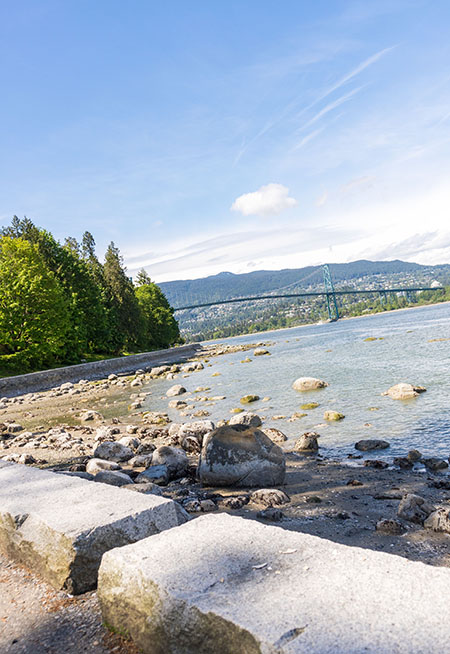
The initial portion of the Seawall started construction in 1917 and was completed in 1971. This section of the Seawall resides entirely within Stanley Park.
Today, the Vancouver Seawall spans 28km from the Vancouver Convention Centre to Spanish Banks Park and is the world’s longest uninterrupted waterfront path. Many people consider the Seawall as Stanley Park’s most used feature.
The Seawall features two lanes: one for bikes, scooters, and skates and one for pedestrians.
If biking 28km sounds intimidating to you, don’t worry, you can start anywhere you want on the Seawall!
The official start of the Vancouver Seawall is located around the Vancouver Convention Centre and is easily accessible from Waterfront Station.
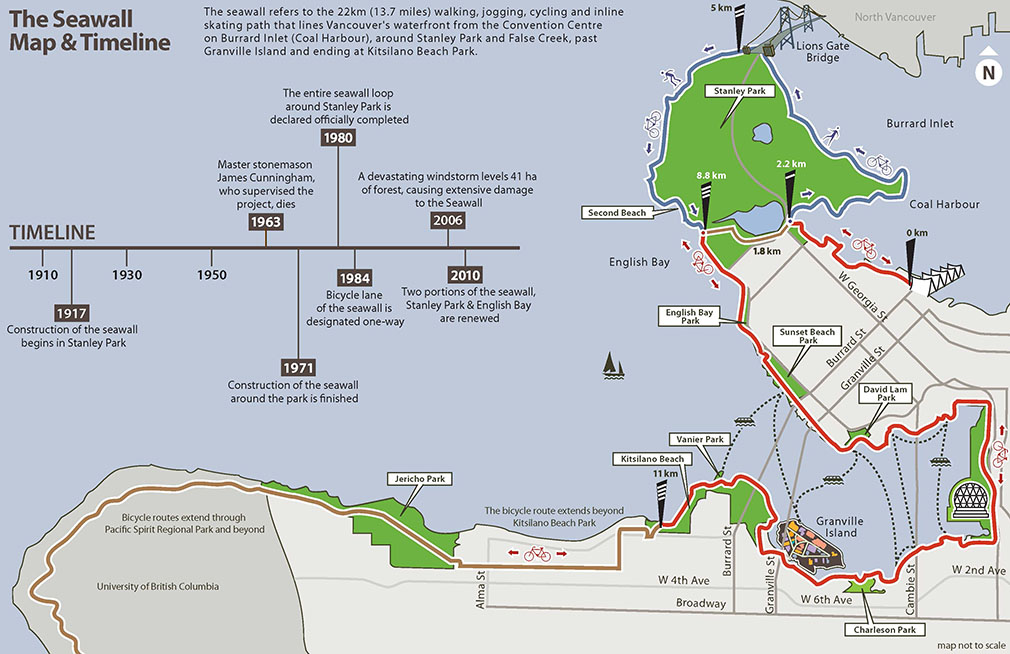
With such a popular bike route, it’s no wonder you can find a variety of bike rental shops scattered around downtown Vancouver with most of them concentrated around Stanley Park.
Bike rental shops offer a wide variety of bikes including tandem bikes if you want to bike with a friend!
Here is a list of some bike rental places you can find around Stanley Park:
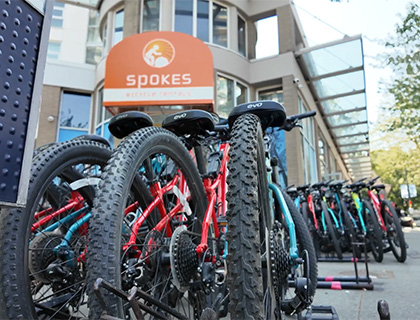

For those who prefer a pay-as-you-go approach, Vancouver offers public bike sharing options such as Mobi Bikes. All you need to do is make an account, check out a bike, and you’re ready to go!
There are multiple stations across downtown Vancouver and you can return your bike at any of those points.
In British Columbia, it is mandatory to wear a helmet when biking unless you have religious headwear that conflicts with this. Make sure your helmet is properly fitted and check for signs of wear.
If you are thinking of biking outside of the Seawall, check the Government of BC website for which bridges and highways are permitted for cyclists and other restrictions.
For the classic experience of cycling the Seawall, the 9km portion of the Seawall takes around one hour to cycle.
If you’re coming from the bike rental shops near Georgia and Denman, English Bay or Lost Lagoon at the end of the Stanley Park Seawall section is a great place to stop.
For those wanting a shorter, easier experience, you can start at Main Street-Science World. From there, English Bay is a short 5km bike away.
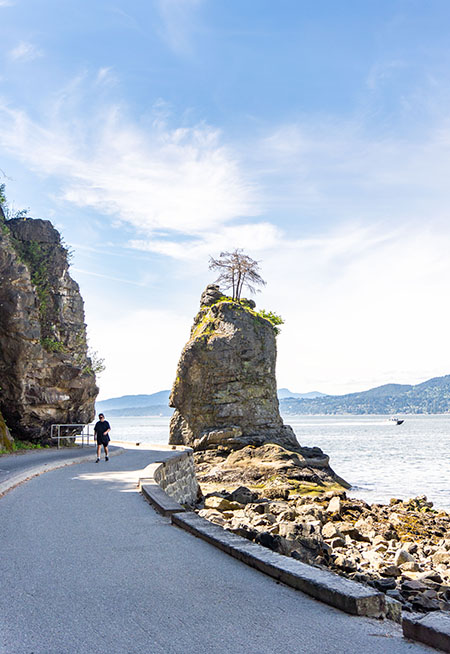
Aside from the stunning views of the ocean and forests, there are a number of monuments and attractions that can be seen along the Seawall in Stanley Park:
Make sure you wear comfy shoes for the bike ride and bring some light clothing to protect yourself from the elements. Vancouver’s weather may be unpredictable at times, so it’s always a good idea to prepare for rain!


Even though the Stanley Park portion of the Seawall is one-way for the bike lane going counter-clockwise, you should still watch for other cyclists looking to pass or skaters and skateboarders who may be travelling slower.
Some sections of Stanley Park, such as road crossings, may not have separate paths for pedestrians so be sure to be mindful of that!
Bringing your own water and some snacks is a great way to stay refreshed during your biking trip as there aren’t a lot of food and drink options along the Seawall.
You can also bring a blanket or towel to instantly transform a rest stop into a mini picnic!
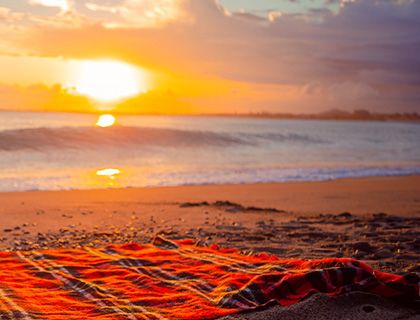
Biking is a great way to experience Vancouver with the additional benefit of getting a nice workout. Even if you don’t own a bike, the abundance of bike rental options makes biking an accessible form of exercise as well.
What are you waiting for? Hop on a bike and experience the wonderful scenery of Vancouver!
If you’re an international student in Canada, check out our other guides on what to see and experience in Vancouver!
AC BlogIf you’re a current student at AC who loves to explore Vancouver, contact us at social@alexandercollege.ca and you may have a chance to be featured in a future blog and video.
Alexander College acknowledges that the land on which we usually gather is the traditional, ancestral and unceded territory of the Coast Salish peoples, including the territories of the xʷməθkwəy̓əm (Musqueam), Skwxwú7mesh (Squamish), and Səl̓ílwətaʔ/Selilwitulh (Tsleil-Waututh) Nations. We are grateful to have the opportunity to work in this territory.
Alexander College acknowledges that the land on which we usually gather is the traditional, ancestral and unceded territory of the Coast Salish peoples, including the territories of the xʷməθkwəy̓əm (Musqueam), Skwxwú7mesh (Squamish), and Səl̓ílwətaʔ/Selilwitulh (Tsleil-Waututh) Nations. We are grateful to have the opportunity to work in this territory.